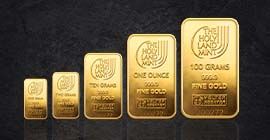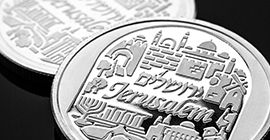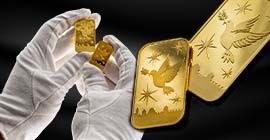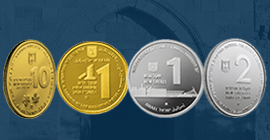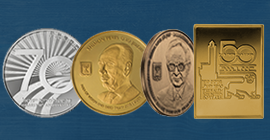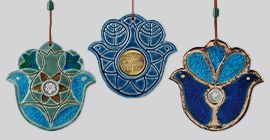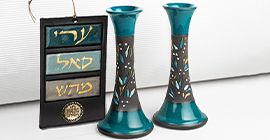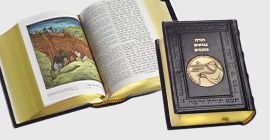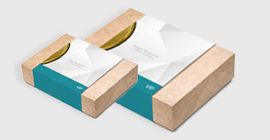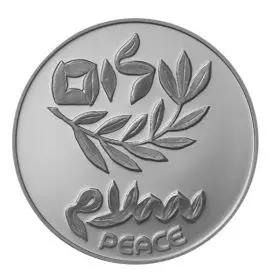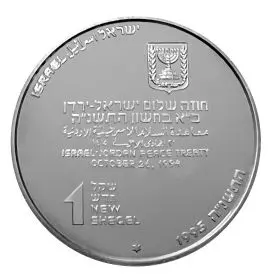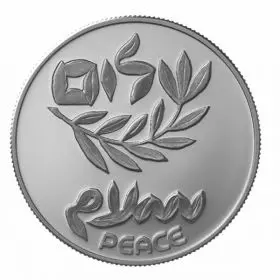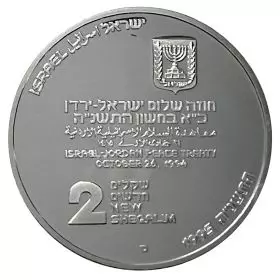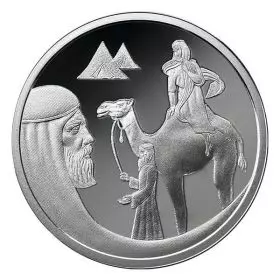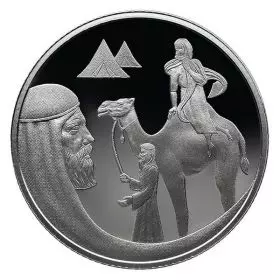Caesarea
Sites in the Holy Land Coin, 1988/5749
Caesarea combines an impressive antiquities site with modern residential neighborhood and holiday center. It began as a Sidonian city. In 20 B.C.E., Herod built a port city in honor of Augustus Caesar. The ancient city includes a palace, hippodrome, temple, theater, port, and aqueducts. In 66 C.E., the Great Jewish Revolt against Rome began in Caesarea, many Jews were slaughtered and few were able to escape. According to legend, ten Jewish sages, including Rabbi Akiva, were tortured to death in the city. The city was also an important Samaritan center. During the Byzantine period, Caesarea became a major Christian city. In 1170, Benjamin of Tudela, a famous Jewish traveler, visited the city and found 10 Jewish and 200 Samaritan families living there.
Obverse:
Face value in Hebrew and English, "1/2 New Sheqel" on the Silver B.U. Coin, "1 New Sheqel" on the Silver Proof Coin, "5 New Sheqalim" on the Gold Coin, left of the face value, the Israel State emblem, "ISRAEL" in Hebrew, English and Arabic and the mint year, 1988 / 5749
Reverse:
Archaeological remains in the city: Capital of pillar with menorah (seven-branched candelabrum, from a Jewish Synagogue), the hippodrome, crusader fortress, ancient port and aqueduct, in the left-hand border, "CAESAREA" in Hebrew and English.
Edge:
Silver B.U. Coin - 12 smooth sides.
Silver Proof and Gold Coin-12 milled sides.
Mint Marks:
B.U. Coin - Star of David.
Silver Proof and Gold Coins - Hebrew letter "Mem" centered in the lower border
Designer:
Gideon Keich.
Plaster models: Tidhar Dagan.
Mint:
Silver B.U. Coin - Monnaie de Paris
Silver Proof Coin - Stuttgart Mint
Gold Coin - Royal Canadian Mint, Ottawa.

